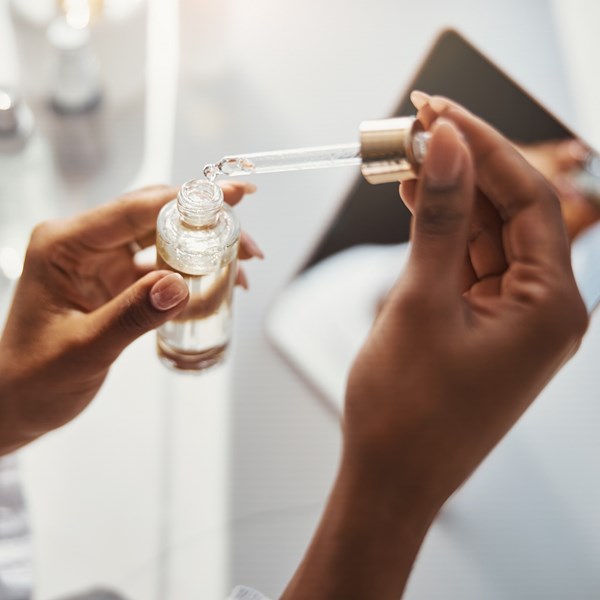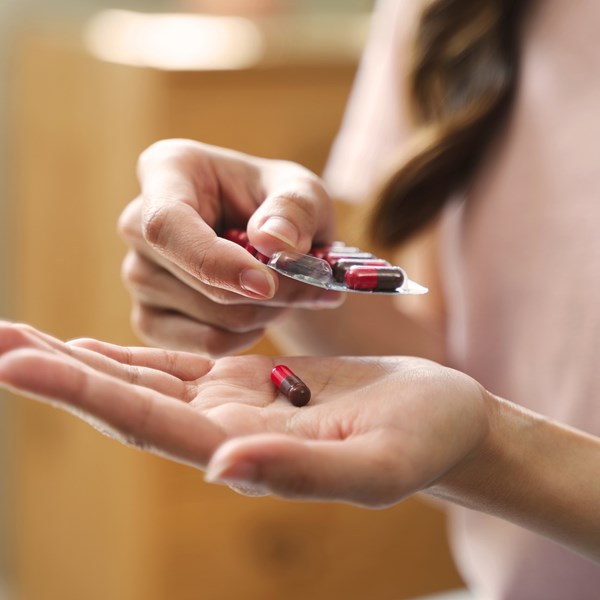Supplementary Protection Certificates (SPCs) can provide up to five years’ extra patent protection for specific pharmaceutical products. The regulations are complex and the financial stakes high, resulting in multiple referrals to the Court of Justice of the European Union (CJEU).
The latest referral is from the Finnish Market Court and arises from Teva’s challenge to Merck’s SPC for its type 2 diabetes treatment Janumet (a combination of sitagliptin and metformin). The points under consideration may be relevant to other combination products.
BACKGROUND
SPCs for combination products have been the subject of previous referrals to the CJEU, including C-443/12 (Actavis I), C-577/13 (Actavis II), and C-121/17 (Teva). Other referrals that may also be relevant to combination products, even though the cases did not involve combinations of active ingredients, include C-673/18 (Santen - see our previous article) and C-650/17 (Royalty Pharma - see our previous article).
Despite these multiple referrals, the relevant requirements (in Article 3 of the SPC Regulation) remain difficult to interpret and apply. Article 3 requires that:
(a) the product is protected by a basic patent in force;
(b) a valid authorisation to place the product on the market as a medicinal product has been granted […];
(c) the product has not already been the subject of a certificate;
(d) the authorisation referred to in point (b) is the first authorisation to place the product on the market as a medicinal product.
“Product” is in turn defined in Article 1(b): “‘product’ means the active ingredient or combination of active ingredients of a medicinal product”. The reason for the present referral appears to be that the term “product” has been interpreted differently in previous CJEU cases relating to different parts of Article 3.
THE FACTS AND ARGUMENTS
Sitagliptin and metformin had both previously been authorised separately as medicinal products. Sitagliptin (Januvia) already had a Finnish SPC (343), based on the same patent as the contested SPC. Was that an earlier SPC for the same “product”, contrary to Article 3(c)? Was the authorisation (of the combination) the “first authorisation” of the “product”, as required by Article 3(d)? And was the “product” also “protected” by the patent (Article 3(a))?
Actavis I commented on Article 3(c), whilst Actavis II concluded that Articles 3(a) and 3(c) meant that “where a basic patent includes a claim to a product comprising an active ingredient which constitutes the sole subject-matter of the invention, for which the holder of that patent has already obtained a supplementary protection certificate, as well as a subsequent claim to a product comprising a combination of that active ingredient and another substance, that provision precludes the holder from obtaining a second supplementary protection certificate for that combination.”
This is despite the “product” definition being different between the first SPC (where the “product” definition refers to a single agent) and the later SPC (where the “product” definition refers to a combination of agents). The deciding factor was instead the “core inventive concept” of the patent.
However, Teva (C-121/17) and Royalty Pharma (C-650/17), reconsidered the criteria for Art 3(a) - in the context of a “general functional definition” - and concluded that a combination product is protected by a basic patent in force, if it is either expressly mentioned in the claims of the patent (see Paragraph 37 of Teva), or “falls under the invention covered by that patent” and each component is “specifically identifiable”, in the light of all the information disclosed by that patent, by a person skilled in the art, based on that person’s general knowledge in the relevant field at the filing date or priority date of the basic patent and on the prior art at that date;
And - “Article 3(a) of Regulation No 469/2009 must be interpreted as meaning that a product is not protected by a basic patent in force, within the meaning of that provision, if, although it is covered by the functional definition given in the claims of that patent, it was developed after the filing date of the application for the basic patent, following an independent inventive step”.
In view of both of these conclusions, is it enough for Art 3(a) and for Art 3(c) (for a combination product) that there is a dependent claim directed to the combination of the active entities (with the independent claims relating to one active component of the combination)? Or is assessment still needed of whether the combination reflects an additional inventive step?
For Art 3(d), Santen (C-673/18) considered this, but the context was one active ingredient in a different formulation for a different indication - not to a combination. The conclusion was that “a marketing authorisation cannot be considered to be the first marketing authorisation, for the purpose of [Art 3(d)], where it covers a new therapeutic application of an active ingredient, or of a combination of active ingredients, and that active ingredient or combination has already been the subject of a marketing authorisation for a different therapeutic application.”. If reading with a “specifically identifiable” approach rather than a “core inventive concept” approach in mind, then Santen does not appear to preclude SPCs for combination products even if one or both of the active ingredients had previously been separately authorised. Is this the right approach?
JUDGMENT
The questions referred to the CJEU are not yet known but the key point appears to be whether a more literal / “specifically identifiable” approach applies when considering the relationship of the “product” to previous SPCs and authorisations as well as when considering its relationship with the basic patent.
IMPLICATIONS
The potential implications for patent drafting and examination are significant. If the standard is a more literal / “specifically identifiable” approach, then a comprehensive treatment of potential combinations early in a patent portfolio may provide greater SPC opportunities. If the standard is “core inventive concept” then it may be best to defer discussion of combinations in patent applications until there has been more experimental work to support arguments for inventive step for particular combinations. Clearly, in each case, there will be other factors that also have to be taken into account alongside the SPC aspects.







